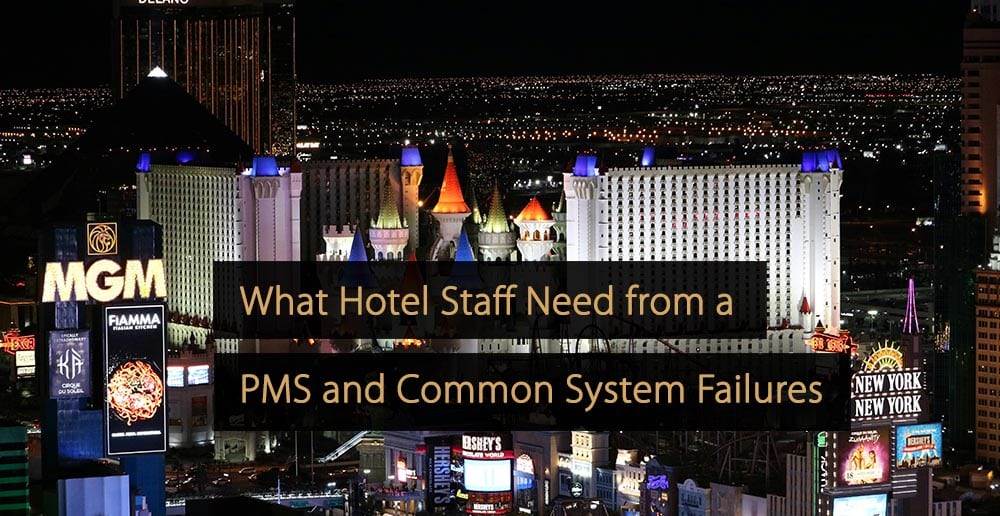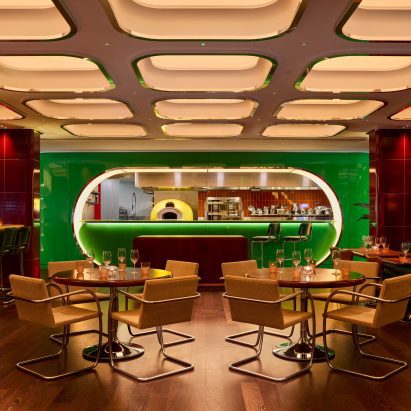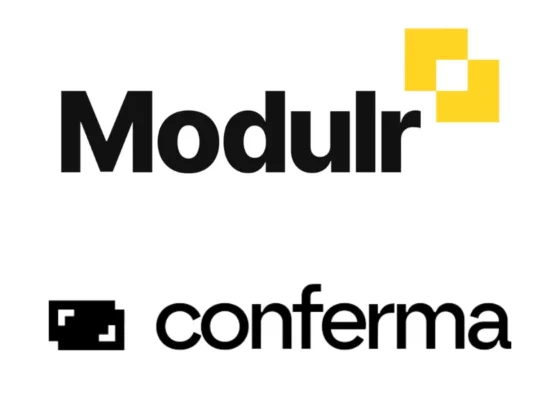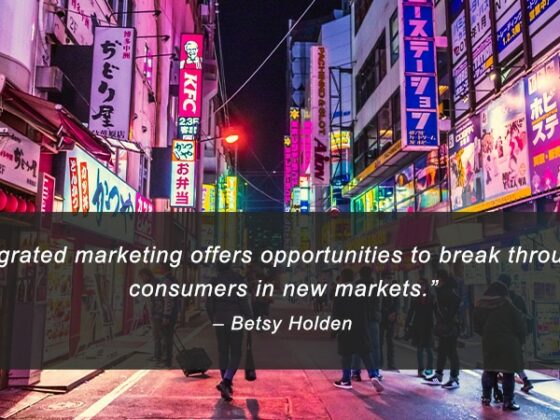
A hotel’s property management system (PMS) is the backbone of daily operations, touching nearly every department – from front desk and housekeeping to revenue management and accounting.
In theory, a PMS should streamline operations, reduce friction, and create a seamless experience for both employees and guests. However, in practice, many PMS platforms fall short of these expectations. Instead of empowering hotel teams, they slow them down, adding complexity to everyday tasks.
How PMS Frustrations Impact Hotel Employees and Operations
To better understand how PMS usability impacts hotel employees, Cloudbeds partnered with professors from NYU’s Tisch Center of Hospitality to conduct a comprehensive study. The PMS User Experience Report surveyed 500 employees across five countries, gathering insights from both frontline workers and managers on their PMS experience.
The findings showcased that PMS platforms fail staff in various ways – from slow, outdated interfaces to manual workflows that make even basic processes time-consuming. These frustrations don’t just affect employee morale—they contribute to longer training times, lost productivity, and even higher turnover rates.
In this article, we explore the top frustrations employees have with their PMS, where many systems fail to meet their needs, and what hotels should look for in an employee-friendly PMS.
Why Many Systems Are Failing Staff
For those managers lucky enough to choose their PMS, most adopt a system with the best of intentions—to improve efficiency, streamline operations, and better support their teams. But too often, hotels end up with outdated or overly complex systems that create more problems than they solve.
1. Systems Built for the past, Not the Present & Future
Many systems used today were built decades ago and haven’t evolved to keep pace with modern hospitality needs. These platforms rely on rigid, complicated workflows that require employees to take multiple steps to complete even a single task.
Instead of adapting to the ways hotels operate today, they force hotel teams to work around outdated processes. These systems often:
- Prioritize processes over people, focusing primarily on functionality, making them difficult to actually navigate.
- Don’t support the cloud-based future of hospitality, relying on outdated software that limits flexibility and remote access.
- Lack of seamless integration with other hotel systems, forcing employees to manually transfer data, leading to errors and major inefficiencies.
2. Long Learning Curve
With labor shortages making it harder to find and retain staff, hotels are constantly onboarding and training new employees. However, a PMS with a steep learning curve makes training a drawn-out, frustrating process for both employees and managers.
The report found that 52.2% of managers say it takes between four months and three years for employees to feel confident using their PMS. For new hires, this extended training period is overwhelming, and in high-pressure moments, staff may feel stressed, insecure, and more likely to make mistakes. Over time, this frustration erodes morale and can push employees toward leaving.
3. Lack of Data Integration
While frontline employees struggle with slow interfaces and complicated workflows, managers face their own set of challenges. Many PMS lack proper integration, forcing managers to spend hours reconciling data between systems. Instead of having real-time, unified insights, managers are left with:
- Duplicate records that create inconsistencies
- Outdated or missing data that leads to poor decision-making
- A need for external spreadsheets to compensate for system limitations
Hotels Can’t Overlook Usability
The tools employees use daily play a critical role in how effectively they can do their jobs.
For hotels, usability isn’t just a nice to have – it has real financial consequences that affect employee retention, guest satisfaction, and overall profitability.
- Employee retention is at stake: 38% of employees reported that their PMS experience contributed to their decision to leave a job.
- Usability impacts guest satisfaction: When staff struggle with their PMS, guests experience longer wait times, more errors, and less personalized service.
- A PMS should drive revenue: The right system helps employees upsell and cross-sell with confidence, increasing total revenue per guest.
- Training costs add up: A more intuitive system reduces training time and gets new hires up to speed faster.
What Employees Really Need in a PMS
So, what should hotels look for in a modern PMS? Employees need technology that works for them, not against them. A well-designed PMS should be intuitive, connected, and intelligent—helping teams work smarter.
An Intuitive Design
A PMS should feel as easy to use as a consumer app, allowing employees to quickly navigate and complete basic tasks like blocking rooms and checking guests in. Too many platforms have outdated interfaces that employees, especially those new to hospitality, struggle to learn.
Smart Automation
Repetitive tasks like updating rates and availability, assigning rooms, or generating reports shouldn’t require manual inputs. A PMS should leverage automation and AI to help employees make faster, more informed decisions based on real-time data.
Strong Integrations
A PMS should act as the central hub for hotel operations, syncing in real-time with CRM, revenue management, accounting, and guest communication tools. Without this connectivity, employees waste time managing disconnected systems instead of focusing on service.
Faster Onboarding
Not only should your PMS be easier to learn, but your vendor should also offer training modules to reduce the time it takes for employees to gain confidence. Training support combined with intuitiveness helps staff learn the system quickly and perform at full capacity without months of on-the-job training.
Add multi-modal AI, and staff can easily reference a comprehensive library of knowledge. The AI acts as an expert assistant, helping quickly answer questions on the fly.
Investing in a System that Empowers Employees
A user-friendly PMS is no longer optional—it’s a necessity. With 76% of hotels reporting staffing shortages coupled with rising guest expectations and increasing operational complexity, hotels can’t afford to rely on outdated systems that frustrate employees and slow down service.
Hotels that invest in a modern, intuitive PMS set their teams up for success—reducing friction and increasing efficiency. The right technology doesn’t just improve operations—it empowers employees, drives revenue, and creates better guest experiences.
Free Report: The PMS UX Report – User-Friendly Design Drives Success
The PMS User Experience Report explores how user-friendly property management systems impact hotel staff efficiency, training, and retention. Based on a survey of 500 employees, it highlights key challenges and the role of intuitive design in improving hospitality operations.
Click here to download the report “The PMS User Experience Report – How User-friendly UX Drives Succes”.
More Tips to Grow Your Business
Revfine.com is the leading knowledge platform for the hospitality and travel industry. Professionals use our insights, strategies, and actionable tips to get inspired, optimize revenue, innovate processes, and improve customer experience.
Explore expert advice on management, marketing, revenue management, operations, software, and technology in our dedicated Hotel, Hospitality, and Travel & Tourism categories.






